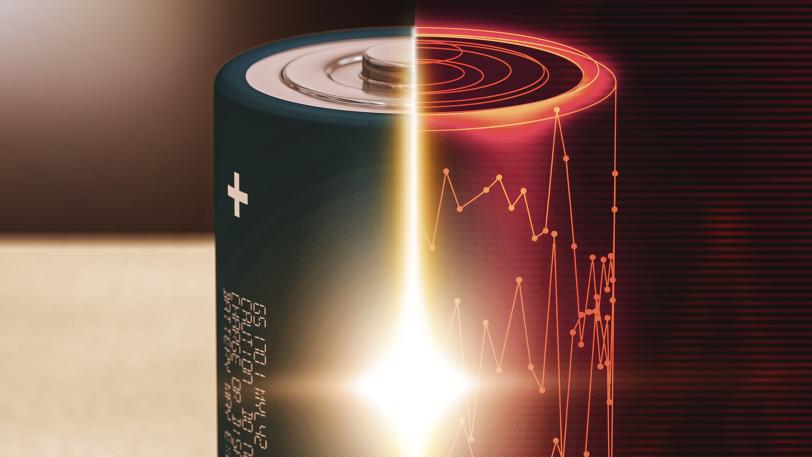In batteries, energy is stored in tiny particles within the electrodes that individually breathe in and out and chemically evolve as the battery is charged and discharged. Improving the efficiency and lifetime of batteries will require a better understanding of how these particles transform individually and how they interact within their own complex ecosystem and with their surrounding environment. X-rays from SLAC’s synchrotron allow scientists to take photographs of battery materials over a wide range of sizes, down to the size of individual particles and even the size of atoms. In this presentation, I will show photographs of some of these tiny battery components in action. Through this work, we are learning how to redesign batteries from the atoms up.
Improving Batteries from the Atoms Up
Presented by Yijin Liu
About Yijin Liu
Yijin Liu received his PhD in optics in 2009 from a joint program of the University of Science & Technology of China and the Chinese Institute of High Energy Physics. He joined Stanford University as a postdoctoral scholar in 2009 and came to SLAC National Accelerator Laboratory in 2012, where he is now a lead scientist. His specialty is making X-ray images of materials at multiple length scales and mining the data those images contain for scientific insights. This allows him to study the inner workings of complex materials, including the energy storage materials in batteries. In 2016, he was awarded the Spicer Young Investigator Award for wide-ranging work in energy materials, catalysis, carbon sequestration and materials under extreme conditions.
In his personal life, Yijin is interested in photography. He often says that you don’t need expensive camera gear to take a good photo. Still, when he takes X-ray photos, he often chooses to use a synchrotron, which costs roughly a billion dollars.
Improving Batteries from the Atoms Up
Presented by Yijin Liu

Improving Batteries from the Atoms Up
Public lecture presented by Yijin Liu
SLAC National Accelerator Laboratory
9:00–10:00 a.m. PST